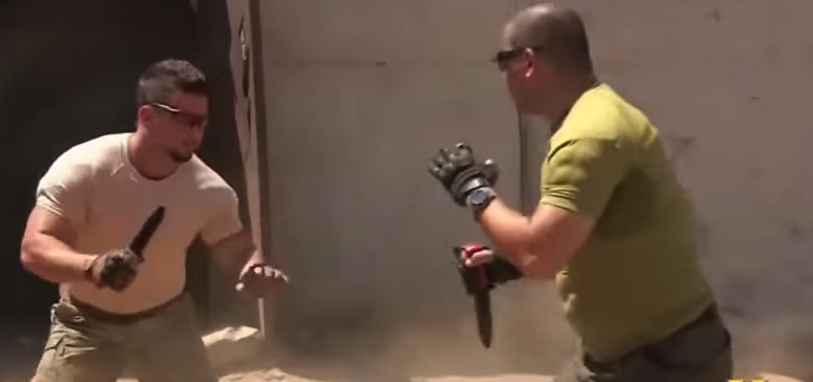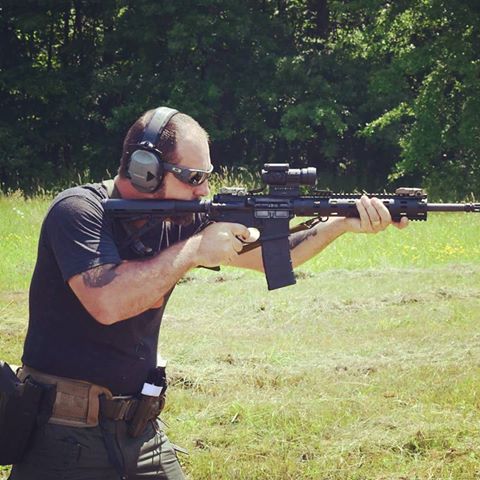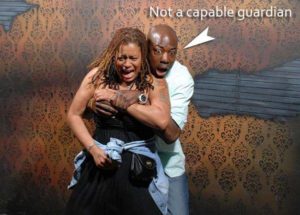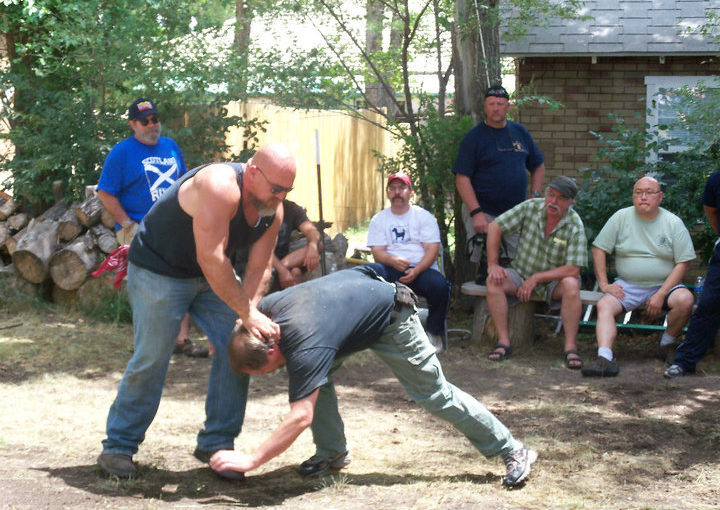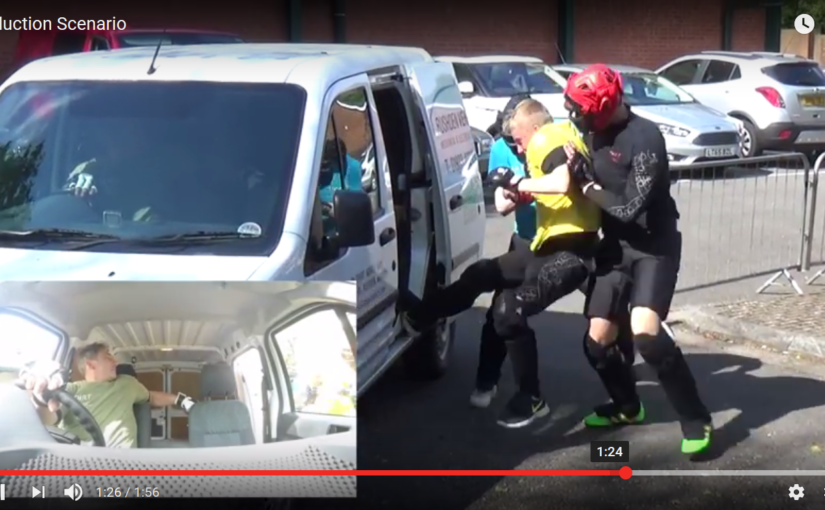One of the greatest things about the internet and social media is the ability to see commonalities in thought, different peoples opinions, and where certain people and communities are coming from. Conversely, one of the worst things about the internet and social media is the same.
If you spend any amount of time cruising the “knife” pages on social media, you start to see a lot of assumptions, conclusions, and statements that are echoed without a lot of thought. This is not just confined to the knife world, martial arts, politics, and arts and crafts seem to suffer from the same thing, but since I’m a ‘knife guy’, I particularly see it in that area.
One of the assumptions and statements that seems to get repeated ad nauseam is the uselessness, or non-existence, of dueling in real world fights and knife encounters. We have even developed scientific sounding names for it. Symmetrical vs. Asymmetrical Engagement. Symmetrical is when both parties in the conflict are armed, usually equally, say with two butcher knives, but can also mean simply that both parties are armed, period. For example, I have witnessed or participated in fights where it was knife vs. hammer, shop rag vs. knife, chair vs. gun, baseball bat vs. knife, and several others in that vein.
Now, obviously, if our goal is to survive, we would like every fight to be asymmetrical in our favor. But, the great British sage Sir Mick of Jagger said it best, you can’t always get what you want. We have to deal with violence and reality as it is, not what we wish it to be. And this is where training in “useless” dueling can be very beneficial.
First, if you still don’t believe it is necessary, or that dueling really does not happen in real life, let me share a very unpleasant experience I had that shows reality is what it is, and doesn’t care if you believe it or not.
So, there I am sitting around the table in the bar, with the General Manager and two DJ’s, I was the Bouncer. Things had been tense, and getting worse, and this little meeting was called to try to air things out, and see if it could be calmed down. Some details. I never worked in fern bars or meet markets. I usually worked at topless bars, biker bars, or topless bars that were owned and run by bikers (1%ers, not RUBS) such as this bar. Meaning, some times negotiation really was at the pointy end. Violence was always considered a fair bargaining tactic, and it was getting very close to that in these discussions. So, as I said, the four of us were sitting there, and it is going past tense, to threatening. All the sudden, someone made a comment about the other ones Mom’s choice of species for a sexual partner. Not wise for negotiating, but prime Monkey Dance scripting. In response, before thinking could occur, we were all up, chairs knocked over, table shoved aside, and all four of us had our knives out, and taking sides. Sure sounds like a symmetrical, equal arms fight to me, how about you?
And if you’re curious, calmer heads prevailed, and nobody got hurt. Unfortunately, at the time, the calmer head wasn’t mine, wisdom would come much later.
Now, on the other side, it is very unusual in a criminal encounter (stick up, mugging, attempted kidnapping) to be able to draw your weapon in time, and this is where working and fighting to the draw, awareness, and all the rest comes into play.
But the point is, in a real fight, weird shit happens, and we need to, if we’re smart, plan for and train as much as we can, to address the variables that can occur.
Another aspect of training in a dueling capacity. In reality, what you are doing is training timing, perceptual speed, positioning, movement, and avoidance. You are also training to take a symmetrical engagement and flip it to an asymmetrical engagement in your favor. It is all in the way you categorize and conceptualize the training you are doing in your own head. If you don’t see the tools you are developing, you won’t know how or where to use them.
Violence is bigger than all of us, and it comes in a variety of flavors. Address as many aspects as you can in training, so you will be able to improvise in real life if you ever have to be in that situation. Don’t limit yourself to any one persons interpretation of violence. He has a piece of it, and so does she. As well, I have my own piece, as does that other guy. Try to learn from as many of them as possible, while making it your own, and researching the problem to be as realistic as possible.
One of the worst things about this line of thinking, especially considering we are dealing with life and death, and the possible death of you, is to use this kind of arguing and back and forth as a marketing tool. I’m sure you’ve seen it…”We only train in what works, there is no need to go out and train that other non-realistic crap, we have all the answers”… In a word, bullshit, you only have the answers to the questions you know. Nobody knows everything, and nobody can know everything. Don’t believe it. You can train in totally different things, you don’t have to limit yourself to one Poobahs way of doing things. In fact, I would advise against it. There is no place in life and death subject matter for cultish behavior or hero worship of a teacher. By doing that, you short change yourself, and are not learning a full picture.
The thing to watch for is how the training is presented and conducted. Skills must be taught in an isolated manner in order to learn them, but then that isolated skill needs to be integrated into a whole. And then that whole needs to be trained in a free range manner, and then pressure tested. All of these steps are necessary in order to make it fight worthy. If the training you are looking at does not have this progression, that is the problem, not the material.
So, like always, train for the reality you know, seek out others that can teach the reality you don’t know, but don’t accept advertising slogans or biases as the ultimate truth. Be broad based in your search, and be your own final authority.
If you meet the Buddha on the road, kill him.
